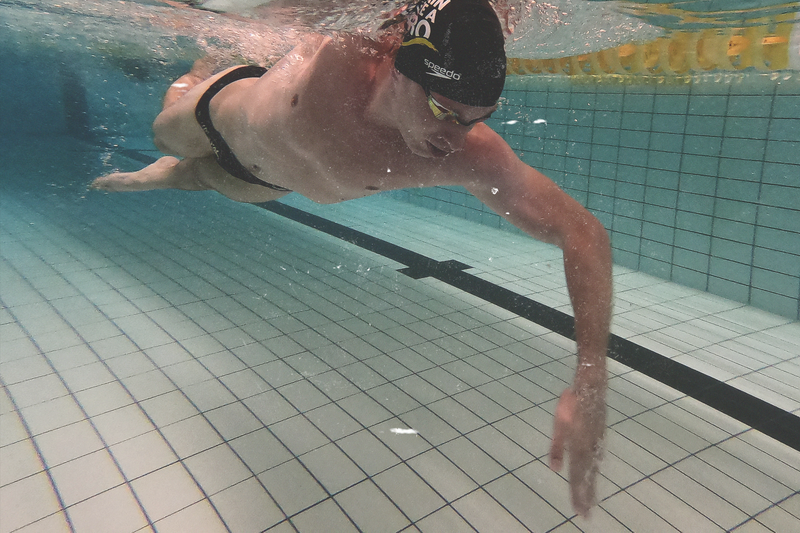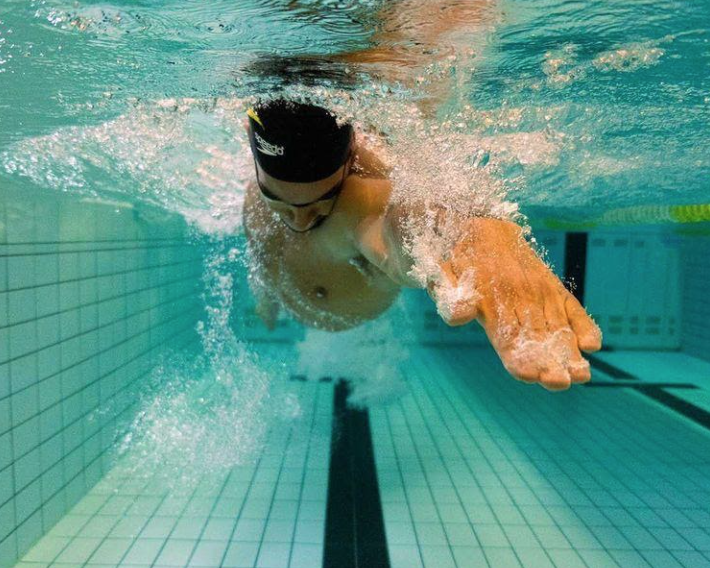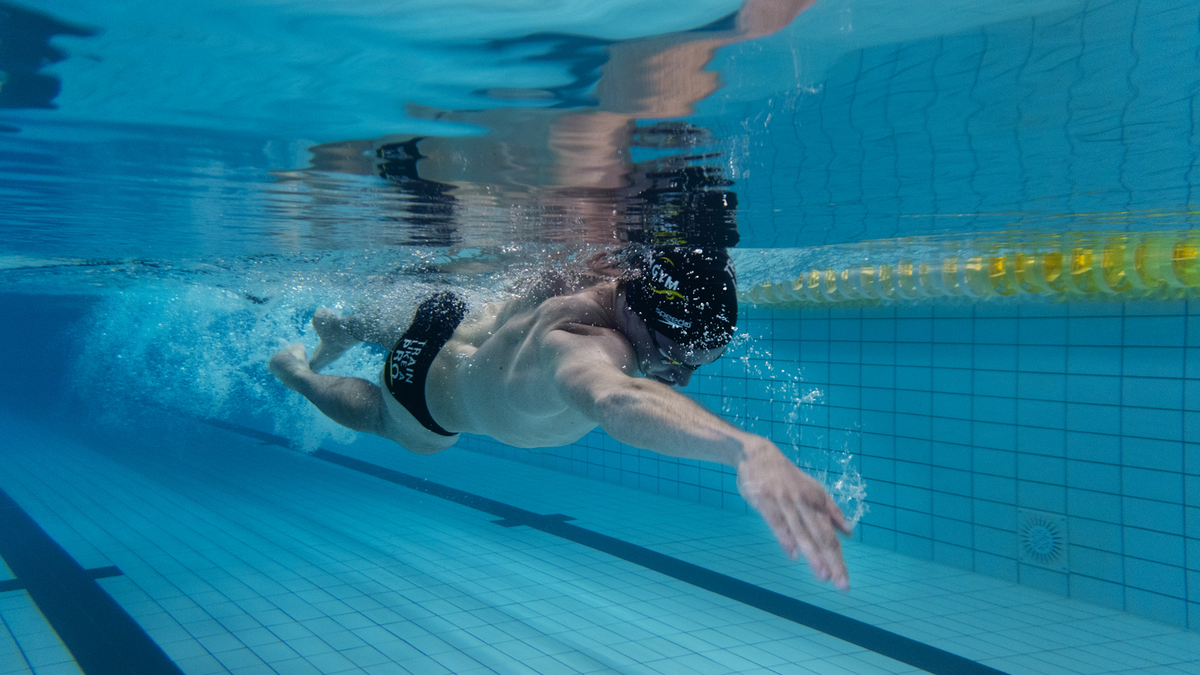Swimming blog - Common misconceptions about the freestyle catch
One of the most challenging parts of swimming is the catch, which is the beginning of the pull-through. It combines mobility with power and timing. Swimmers of all levels believe that keeping your elbow high during the catch is a necessity, this is just one of the many misconception about the freestyle catch. Let's go myth busting to find out more.
First and foremost, we have a freestyle catch course to improve your catch in just five weeks. It's an excellent course in which you will improve your feel for the water, your catch and your push-out. But now let's go back to the misconceptions.
I must keep my elbow up!
This is a recurring struggle amongst swimmers of all levels, which is something that can cause other problems with the catch. First of all, keeping your elbow high during the catch (and subsequent pull-through) is something that depends a lot on your mobility.
Here’s a small test: if you sit (or stand) straight, you put one arm up high, keep your shoulder and arm close to your head, rotate your shoulder and bend your arm, where does your hand end up? For most people who have not started swimming from a young age, it won’t fall in front of their shoulder, or even their face but, either on the other side of their head, or their elbow goes out wide.
Now let’s take this back to swimming, and how this mobility affects the catch. If you have to force yourself in a position you can’t get to, you cannot exert the power needed to propel yourself forward, and it messes up the timing of your stroke as a result.
How to work around this?
As the little test we did earlier shows, most people can get their hand in front of their shoulder if they let their elbow go out wide a (little) bit. The same holds true in the water, for many swimmers, the best way to swim is to not lock up their shoulders trying for a super high elbow, but to force their elbows out just enough so that they can comfortably position their forearm and forcefully make the pull-through.
Going deep is bad!
In an ideal world you don’t want to go deep, however there is nothing inherently wrong with a slightly deeper catch. Similarly to pushing your elbow out, it helps avoid mobility limitations. You still want your arm bent to some degree, to prevent putting too much pressure on your shoulder, and making yourself unstable. However, because it’s very hard to feel where your hand is whilst you’re swimming, for many swimmers this results in them almost touching their noses in the catch and pull.

How can we improve this mind muscle connection? There is a drill (a personal favourite of ours) that will help you get a better feeling for how deep you are. You start with a 50 meters combination scull (see SwimGym.com for details on the how to). On the first 25 you pull your hands as close to your body as possible, touching your shoulders, chest and hips in the process. The next 25, you still do the combination scull, except instead of being as close to your body as possible, you extend your arms all the way down, and do the pull-through with straight arms. You do three more 50s like this, but each iteration you go less extreme (deeper on the first 25, less deep on the final 25), until the final 50 is in the middle where you’re comfortable. Congratulations, you have just found the correct depth to aim for in the catch and pull-through.
I must keep my hand straight!
This saying is completely right, but it does not mean what many swimmers interpret it as. What it means is that when you’ve started the pull you keep your hand straight and pointing towards the bottom of the pool. What it does not mean, is that you cannot bend your hand when you’re about to start the catch. Bending your fingers and hand slightly is an automatic cue to your brain that your arm should follow that movement, and helps to get your forearm as perpendicular to the water as possible. If you have a look at the photo below, you can see that the hand makes an ever so slight arch, which is what primes the rest of the arm to follow.

To summarise, there isn’t one best practice that suits everyone. Performing a catch is something that consists of an untold number of sliders and buttons that can be touched and fine tuned on the individual level. However, hopefully after reading this article some misconceptions have been cleared up, and you have found some of the buttons and sliders to experiment with. As always, our coaches are ready to help you as well!

